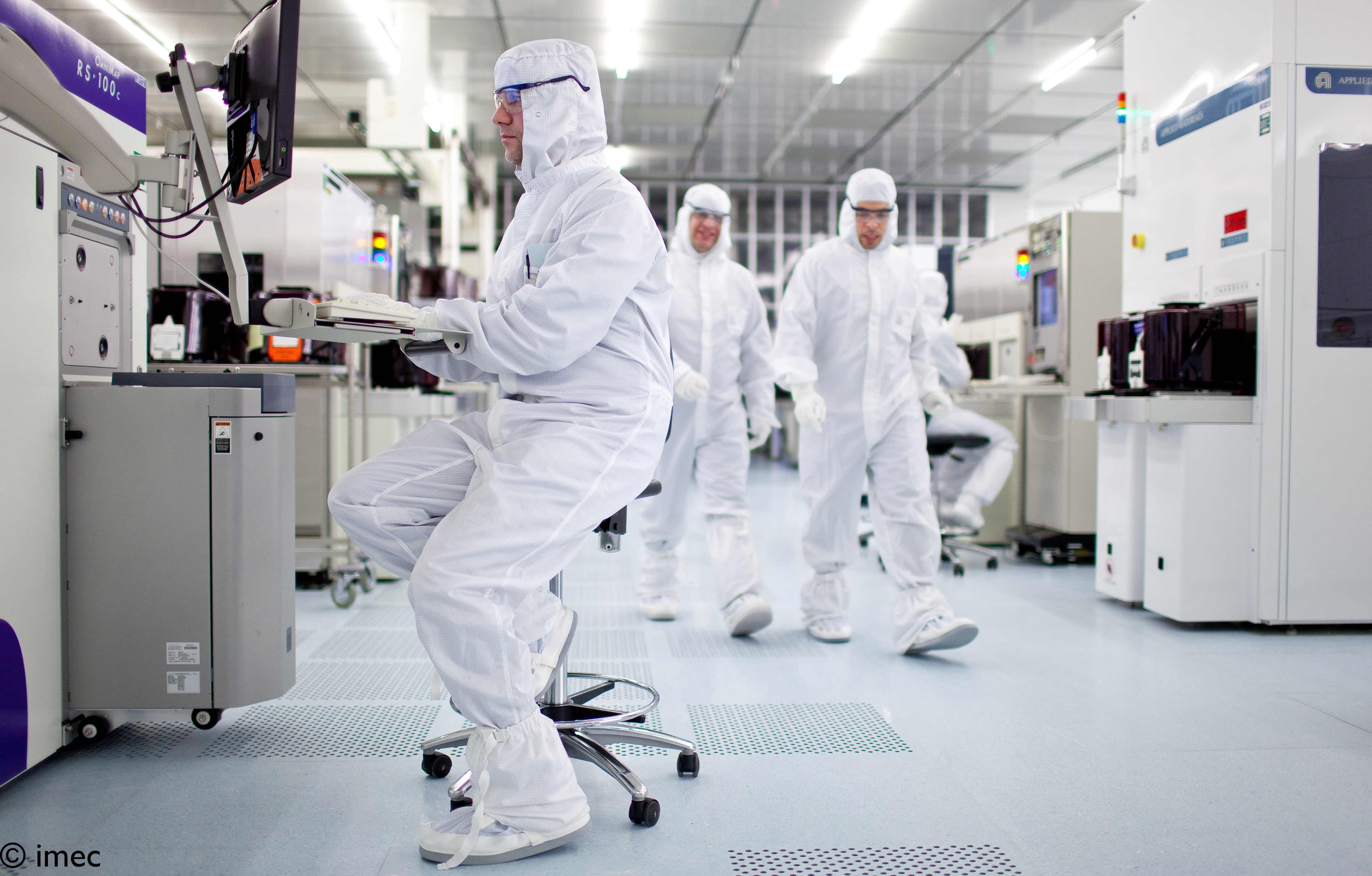For years, governments and mobility experts have been studying approaches to reduce the number of car accidents and avoid the subsequent injuries and fatalities. At the same time, the fight against traffic jams seems to be a losing battle as well, with commute times continuing to lengthen. In other words: it's time for a new mobility approach; an approach called 'smart mobility'.
Imec's vision of smart mobility includes comfortable and safe transportation for everybody, and aims at solving challenges such as traffic jams and car accidents. To realize this vision, imec develops key insights and technologies for connected, driverless cars.

Smart mobility research at imec
For cars to drive autonomously, they need to be able to assess traffic and detect objects, pedestrians, bikers, etc. - even in challenging weather conditions (fog, snow, darkness). This requires a broad range of technologies - ranging from smart sensor systems and data fusion technology to automated object recognition software and insights in security & privacy considerations. Imec's multidisciplinary research teams are ideally placed to make a difference in each of those domains.
Smart mobility questions that our researchers are trying to answer include
How can we make smart sensor systems (based on radar and LiDAR technology) smaller, cheaper and more accurate - so that they can become standard technology in every vehicle?
How can we automatically recognize and track objects?
How can we combine data from individual car sensors with input from the entire fleet, the environment and other statistics to take intelligent, real-time decisions?
Which privacy, ethical and security considerations do we need to take into account? Which new encryption methods should be developed to prevent connected cars from being hacked? And which laws and regulations should be in place to ensure we can all enjoy the benefits of a smart, connected world to the fullest?
Related material/examples/use cases
Imec's 79 GHz frequency band radar allows to operate high-resolution radar systems without interference from existing applications. Implementing these radars in CMOS technology results in ultra-small, low-power modules that can be produced in large volume. These low-cost modules open up completely new opportunities in fields such as automotive and security.
Imec and Infineon cooperate on 79 GHz CMOS radar sensor chips for the automotive industry. "We are excited to work with Infineon on advanced CMOS-based 77 GHz and 79 GHz radar technology. Compared to the mainstream 24 GHz band, the 77 GHz and 79 GHz bands enable a finer range, Doppler and angular resolution. With these advantages, we aim to realize radar prototypes with integrated multiple-input, multiple-output (MIMO) antennas that not only detect large objects, but also pedestrians and bikers and thus contribute to a safer environment for all." - Wim Van Thillo, program director perceptive systems at imec.
Flemish 3D image processing technology enables self-driving cars to 'observe' their surroundings. "A self-driving car needs to be able to estimate accurately, and in real time, where it is located. GPS - which has an accuracy of a few yards - is not sufficient for this. But our technology is: the car 'observes' its surroundings and uses the resulting data to locate its position with an accuracy of a couple of inches. As such, we are inching closer to a world in which fully autonomous cars are a reality." - professor Luc Van Gool (imec - KU Leuven).
Published on:
14 December 2016













